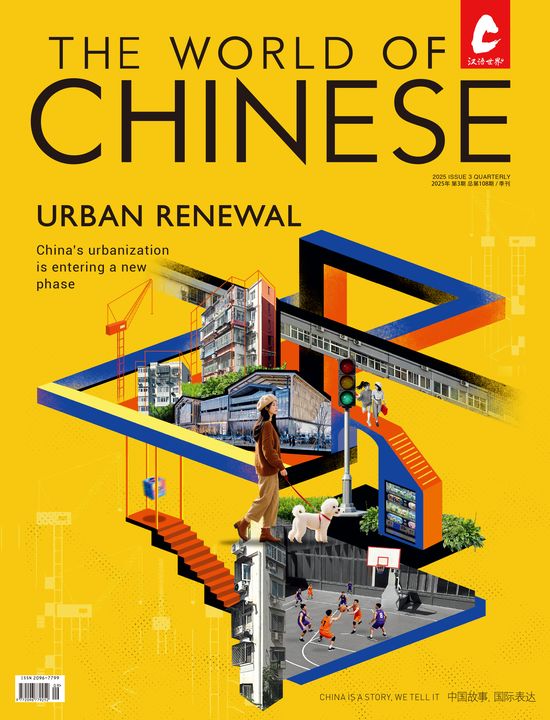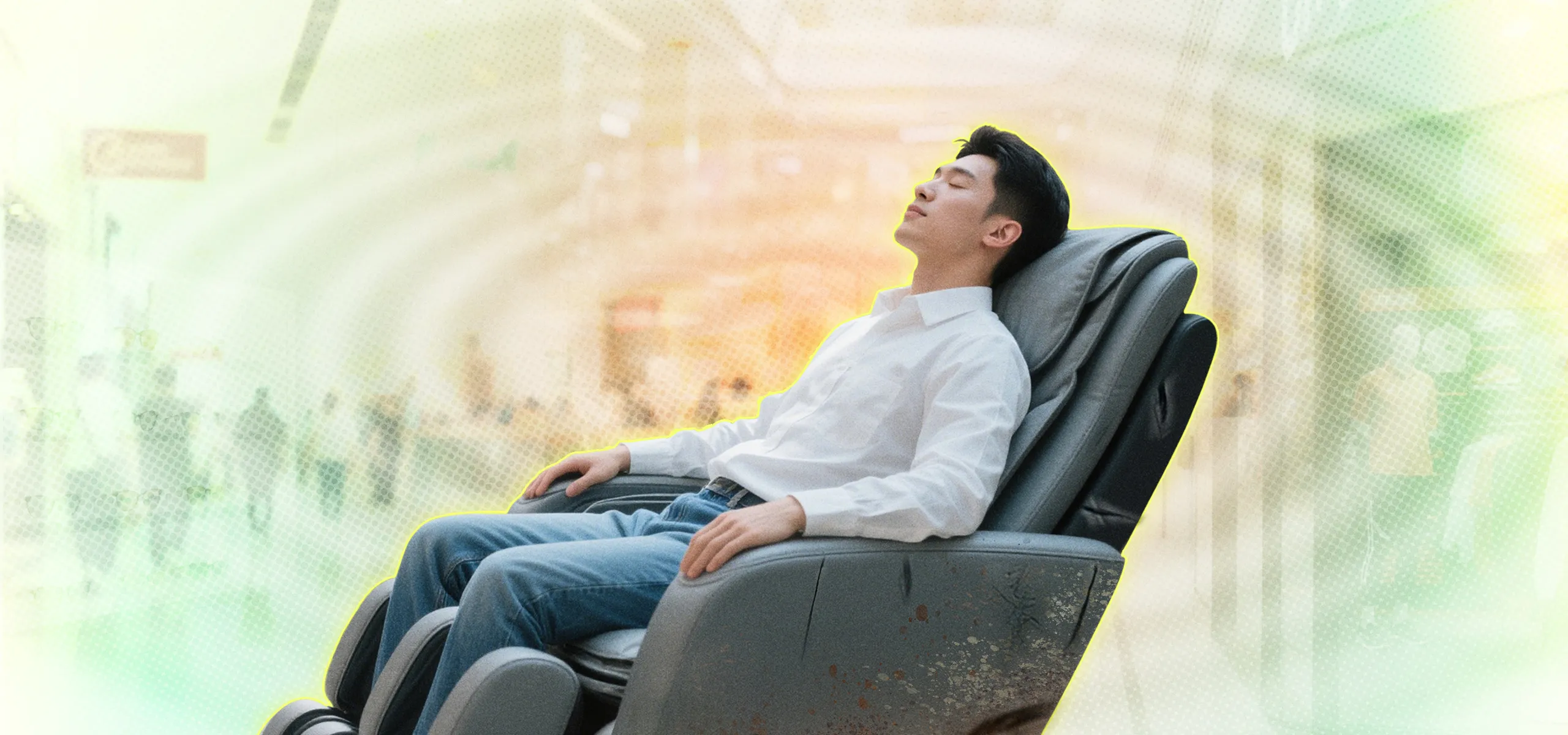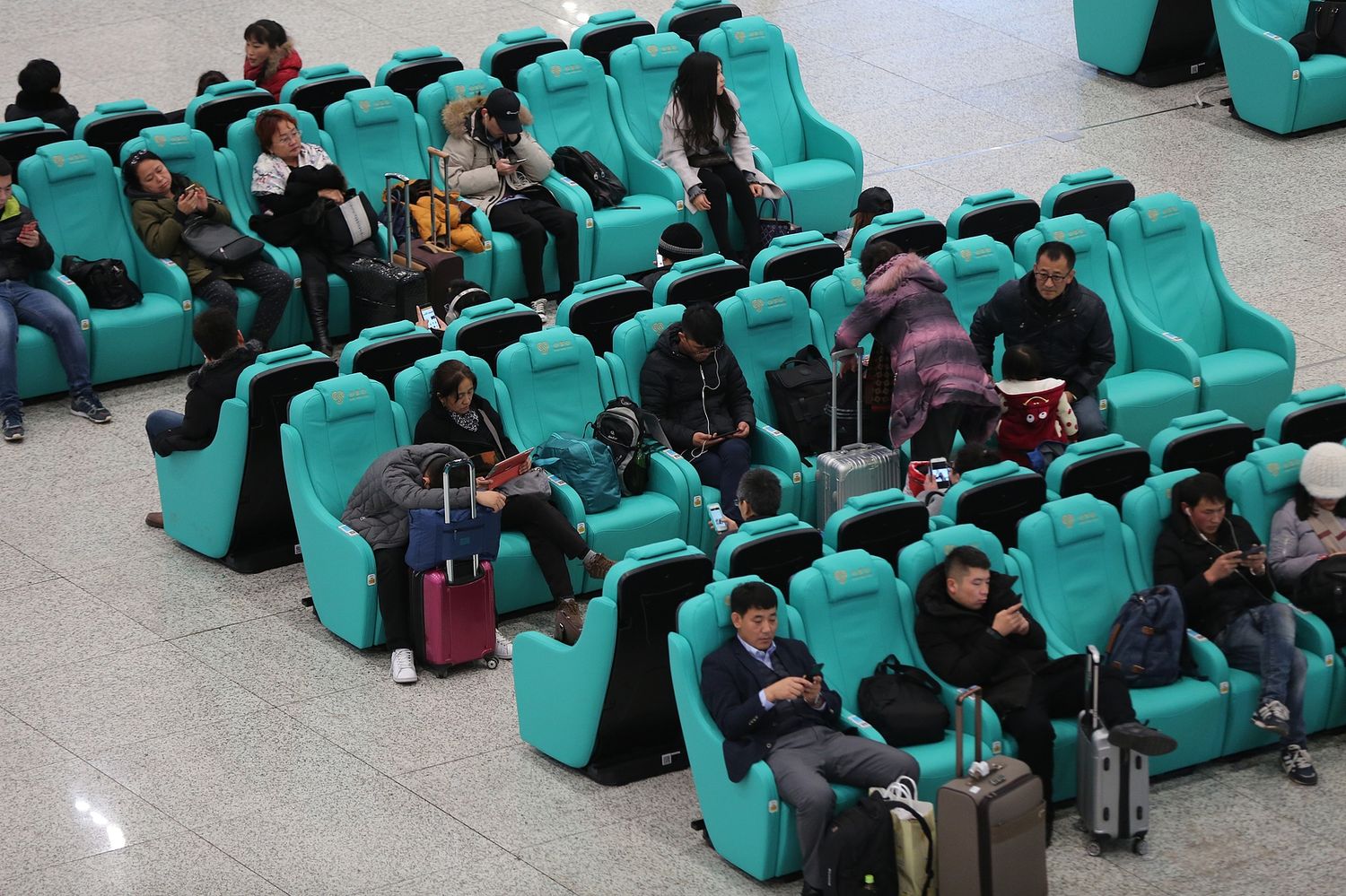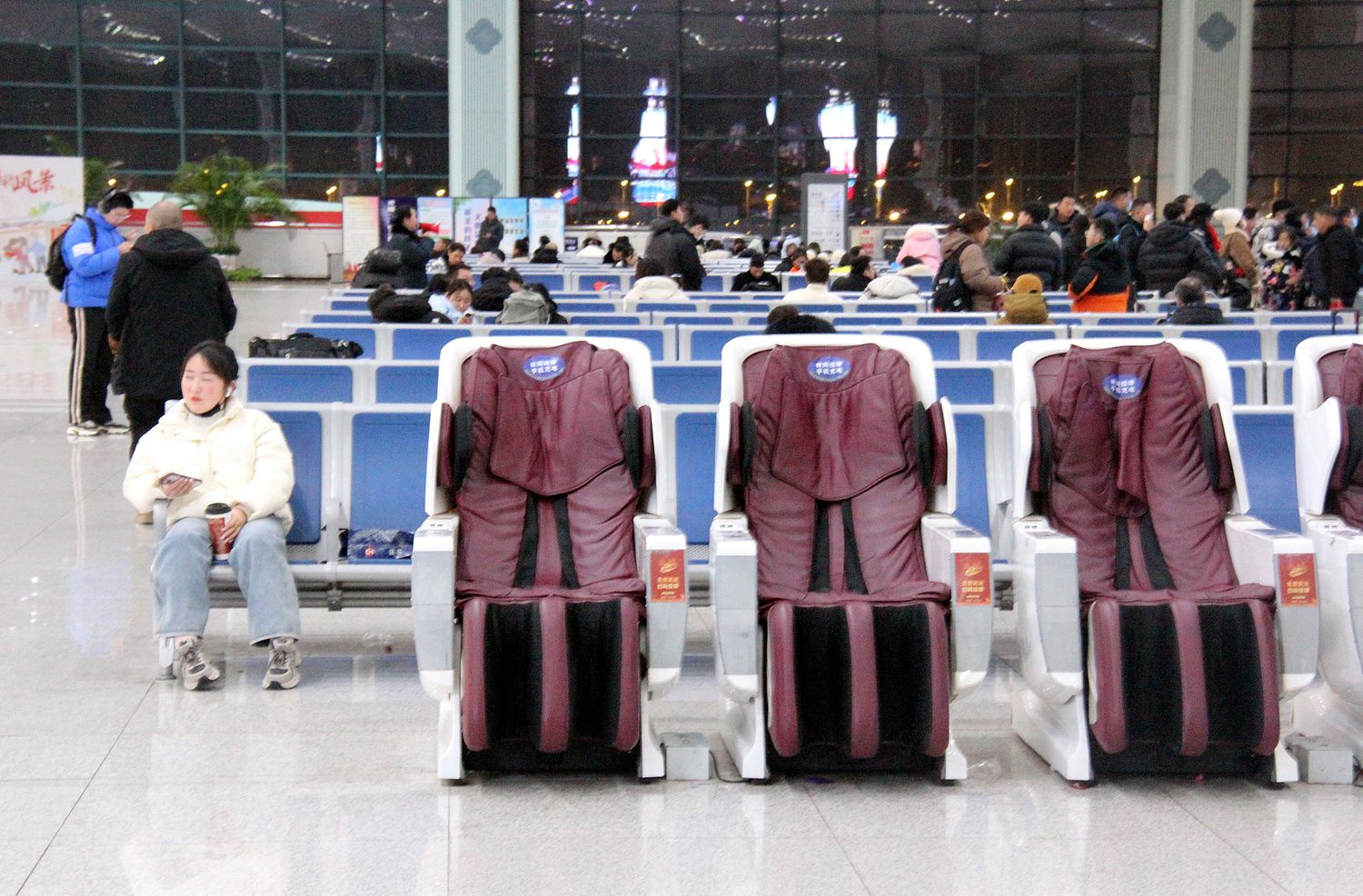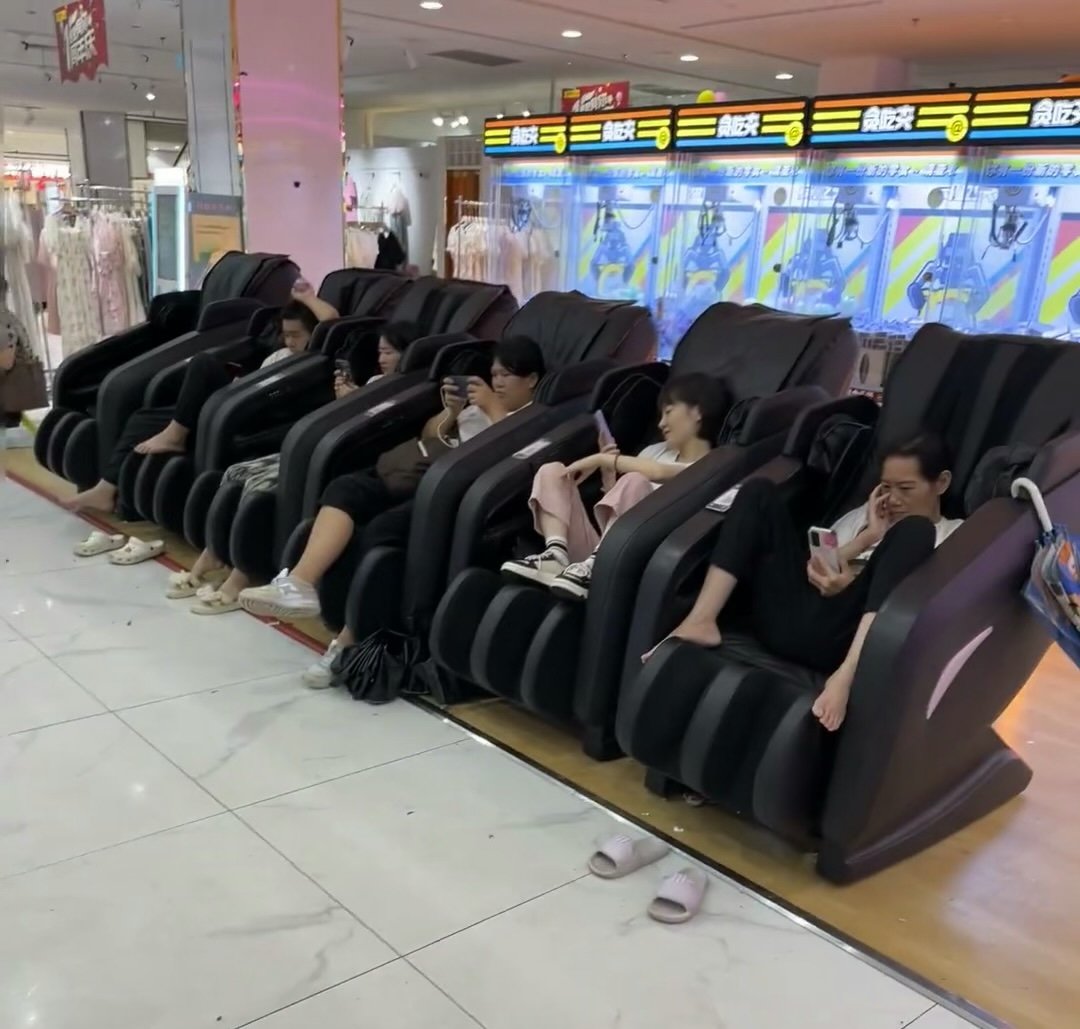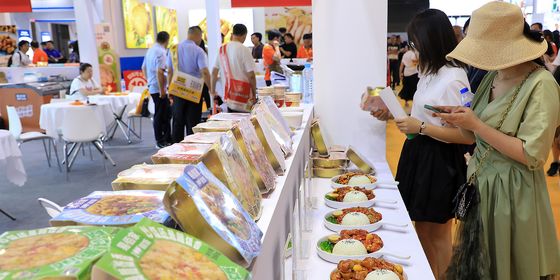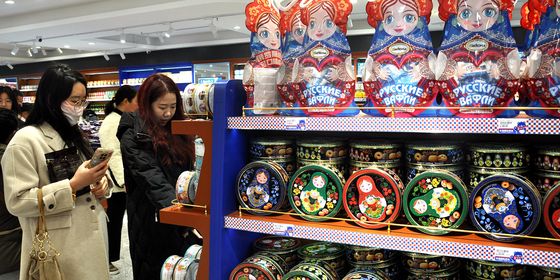Amid the pressures of modern living, vending massage chairs have proven a cheap and easy way for young people to unwind. But is this trend built to last—or will it be over as quickly as the massages themselves?
A stroll through one of China’s many malls these days often comes with a familiar refrain: “Master, you must be tired from shopping. Come sit down and get a massage!” The invitation is enticing—though often it’s not a person calling out, but a sleek, high-tech massage chair doing the beckoning.
Over the past decade, vending massage chairs have steadily made their way into public spaces across China. With a quick scan of a QR code, users can recline and let the chair’s soft pleather surface envelop them, as motorized nodes work their way across the neck, shoulders, back, and legs.
While a full-body massage at a traditional spa can cost upward of 100 yuan per hour, these chairs offer a 30-minute session for less than 25 yuan—roughly the price of a cup of bubble tea. Momoda, a popular massage chair brand, emphasizes this aspect with their slogan: “Use your spare change to treat yourself to a mini spa (用零钱做个微spa).”
But as these chairs continue to proliferate in public spaces, a series of high-profile incidents concerning product safety and hygiene—and growing frustration over the displacement of regular, free seating—are fueling a backlash against what might otherwise seem like a harmless convenience.
Read more about China’s unique business scene:
- Can Livestreaming Be the New Way to Solve Relationship Issues in China?
- The Memory Makers: The Rise of Professional Memoirists in China
- As China’s Russian Goods Stores Proliferate, Just How Russian Are They?
Since 2017, vending massage chairs have become a common sight in China’s indoor public spaces, entering everywhere from shopping malls to movie theaters, airports, railway stations, and beyond. According to Lemobar, one of the biggest vending massage service providers, its chairs have been installed in 339 cities across the country and have logged over 150 million service sessions—roughly one for every 10 people in China.
In part, declining health among younger generations—driven by mounting pressure, fierce social competition, and an accelerating pace of life—has contributed to the rise of the vending massage chair market. According to a research report by brokerage firm Guoyuan Securities, China’s elderly population was once the main consumer base for massage devices, using them to relieve issues like back pain. However, a regional partner of Lemobar told tech and business outlet Tech Xingqiu in February that “60 percent of the people who are willing to pay for vending massage chairs are young adults.” According to a 2022 report by Insight and Info, a research and consulting firm in China, more than half of those classified as “sub-healthy”—a state between wellness and illness marked by symptoms like fatigue, low energy, muscle and joint soreness, and dizziness—were under the age of 35.
Li, a 28-year-old editor in Beijing who agreed to be identified only by her last name, says she first tried a vending massage chair with her roommates in 2019, when the pressures of postgraduate studies left their necks, shoulders, and lower backs constantly tense. “We wanted to get a massage, but parlors were expensive, and it was hard to judge how professional they were. So we turned to the vending massage chairs in the mall,” Li recalls.
Though each session may seem inexpensive, vending massage chairs have proven to be a highly profitable business model—one that has grown in step with China’s “sharing economy” boom since 2016, alongside shared bikes, ride-hailing services, phone charger stations, and short-term home rentals.
Shared massage chairs typically follow two business models: direct-operation, where companies rent space and keep all revenue, and co-operation, where venues provide space and share profits with the chair supplier, who handles equipment and maintenance. Assuming five users a day and half the revenue going to the host venue, a chair—with a lifespan of three to five years—can break even in less than a year. As the industry leader, Lemobar has seen steady growth. According to its parent company’s IPO prospectus filed earlier this year, revenue from smart massage services hit 604 million yuan in the first three quarters of 2024, up from 568 million in 2023 and 316 million in 2022.
“Getting a massage after dinner or a movie at the mall became our group activity. We’d chat while relaxing, unwinding both body and mind—it was great,” Li recalls. She and her roommates used the chairs five or six times over the course of a year.
However, not everyone is a fan. “The sound of the chair and clothes rubbing together can be pretty loud in quiet places like movie theaters,” says Wu Niuniu, an office worker in her 30s based in Shanghai.
Many on the lifestyle platform Xiaohongshu (RedNote) have shared similar complaints, feeling that the replacement of regular seats with massage chairs in “prime viewing areas” is an infringement on consumers’ rights. They argue that massage chairs are uncomfortable when not in use and that it’s difficult to avoid them when purchasing assigned seats online, as many theaters do not specify their locations.
“Seats in the movie theaters are already cramped, and the massage pad makes them even less comfortable!” one user wrote on Xiaohongshu. “I’ve already paid for a ticket, drinks, and popcorn. Can’t I at least get a comfortable seat?”
Public criticism of massage chairs has grown in recent years, with frustration often stemming from a sense of losing freedom of choice, along with resistance to commercial intrusions into public spaces and services that were once free.
In 2023, a barrage of massage chairs replaced most of the regular seating at Tai’an Railway Station in Shandong province, leaving many passengers with no choice but to sit on the floor. Following the public outcry, China Railway issued a notice criticizing the massage chair operations at Tai’an Station, mandating that they should not make up more than 20 percent of the total seating.
“Turning all seats into massage chairs at the train station deprives the majority of people of their right to enjoy basic public services,” reads an op-ed about the incident on state media People’s Daily Online.
Concerns about hygiene issues and product safety have also emerged in recent years. In 2023, the incident of a passenger’s hair getting entangled in a damaged chair in Chongqing went viral. Around the same time, a customer at a railway station in Guangzhou, capital of Guangdong province, experienced severe itching after using a massage chair, only to find insects living in its crevices. During an in-person review last year, a blogger discovered various unsanitary items in the vending massage chairs at his local mall in Zhejiang province, including discarded food packaging, toenails, and used tissues. The blogger also observed that many people used the chairs barefoot. This prompted a dermatologist to issue a warning on Xiaohongshu, cautioning that direct contact with surfaces previously used by individuals with skin conditions could lead to transmitted infections.
Guangzhou Railway quickly took action to disinfect and sanitize the chairs, but questions remain about who is ultimately responsible for keeping them clean. A Beijing-based operator for Lemobar told Beijing Youth Daily in March last year that they conduct regular inspections and cleanings, though the frequency depends on how often the chairs are used. Though another vending massage chair brand, Xiuxiule (休休乐), asserts that cleaning is the responsibility of the venue, such as malls and movie theaters, and that the venue should only contact the manufacturer for necessary repairs.
While Li is undeterred, noting, “Public seats are generally the same, like those in parks, buses, or subways,” it is still unclear whether young people, seeking a “quick fix” for their stressful lifestyles, can sustain the growth of vending massage chairs amid these ongoing concerns.
Smooth Operator: The Vending Massage Chairs Invading China’s Public Spaces is a story from our issue, “Smart Nation.” To read the entire issue, become a subscriber and receive the full magazine.
